Earth is fortunate in having a magnetic field: it protects the planet and its life from harmful cosmic radiation. Other planets in our solar system—such as Mars—are constantly bombarded by charged particles that make life difficult.


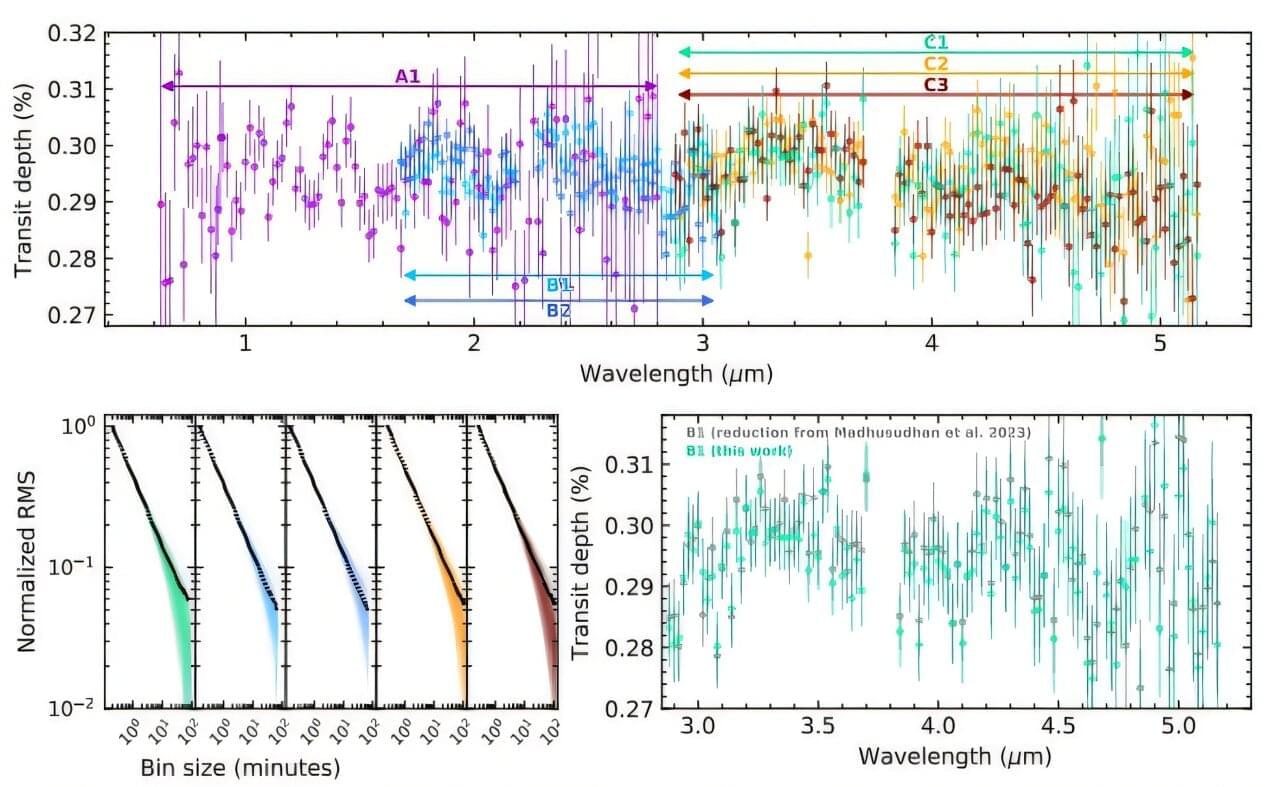
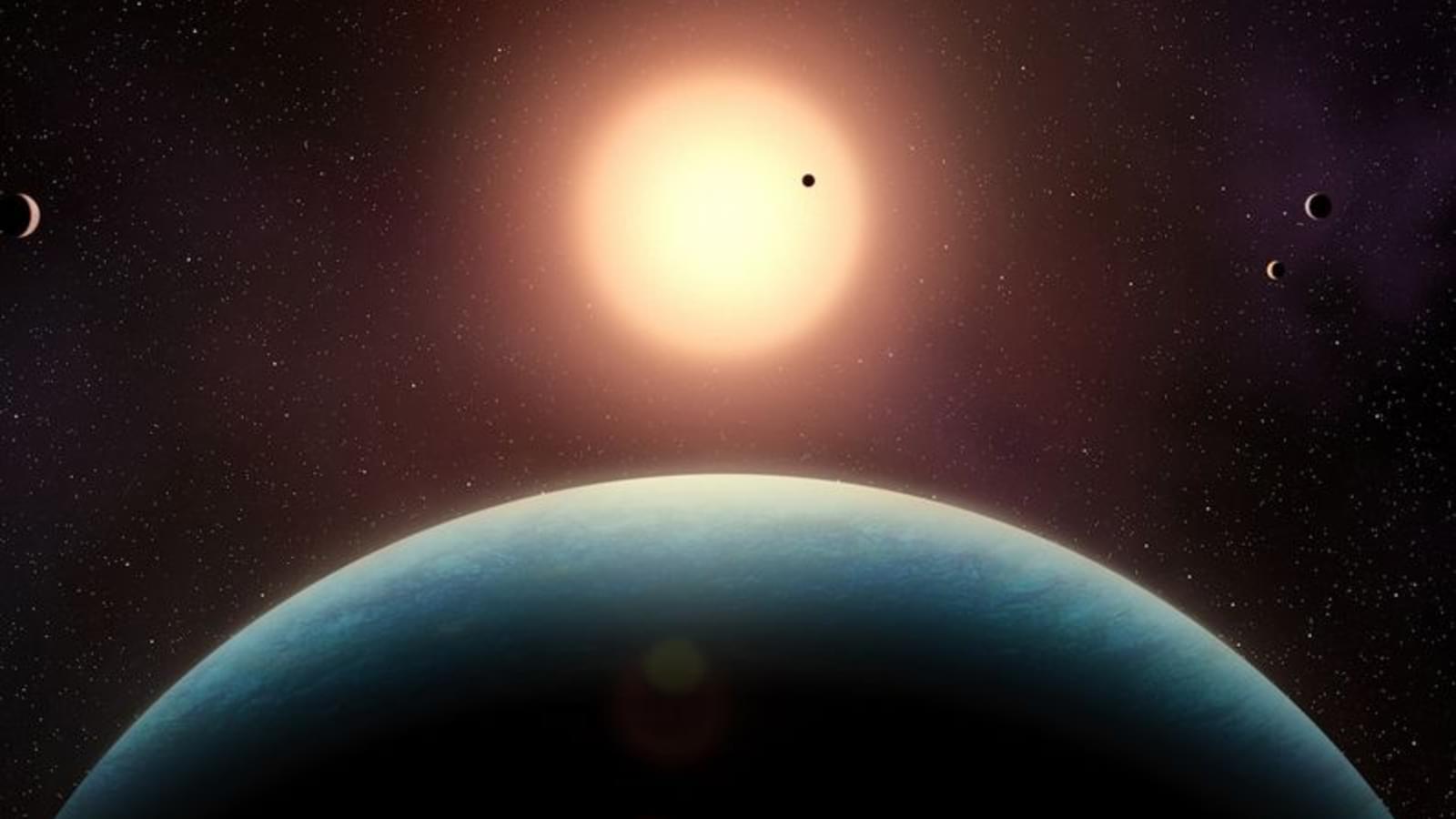
“Finding a temperate planet in such a compact system makes this discovery particularly exciting,” Charles Cadieux, a postdoctoral researcher at the university and lead author of the study, said in the statement. “It highlights the remarkable diversity of exoplanetary systems and strengthens the case for studying potentially habitable worlds around low-mass stars.”
L 98–59 f was discovered by reanalyzing data from the European Southern Observatory’s (ESO) HARPS (High Accuracy Radial velocity Planet Searcher) and ESPRESSO (Echelle Spectrograph for Rocky Exoplanet and Stable Spectroscopic Observations) spectrographs. Since the exoplanet doesn’t transit, or pass in front of, its host star from our perspective, astronomers spotted it by tracking subtle shifts in the star’s motion that are caused by the planet’s gravitational pull.
By combining the spectrograph data with observations from NASA’s TESS (Transiting Exoplanet Survey Satellite) and James Webb Space Telescope (JWST) — and using advanced techniques to filter out stellar noise — researchers were able to determine the size, mass and key properties of all five planets.

Most cosmologists agree that our universe had a beginning. But the finer details about the Big Bang remain a mystery. A history of everything would explain all, or so theoretical physicists hoped. In his final years, Stephen Hawking working with Thomas Hertog proposed a striking idea: The laws of physics were not precisely determined before the Big Bang; they evolved as the universe evolved.
In this episode of The Joy of Why, Hertog speaks with co-host Janna Levin about his work and partnership with Hawking. Hertog, now at KU Leuven in Belgium, explains why they rejected the popular multiverse theory and instead explored the idea that the universe’s properties are a result of cosmological natural selection. According to Hertog and Hawking, these properties must be viewed through the lens of human observers, who are also the consequence of natural selection.
So, how could the universe have created the conditions needed for life to emerge? Listen to the episode below to find out.
Radar from airports and military systems may expose Earth to alien detection. These signals could be used to find intelligent civilizations. New research indicates that radar systems operated by both civilian airports and military facilities may be unintentionally broadcasting Earth’s presence to
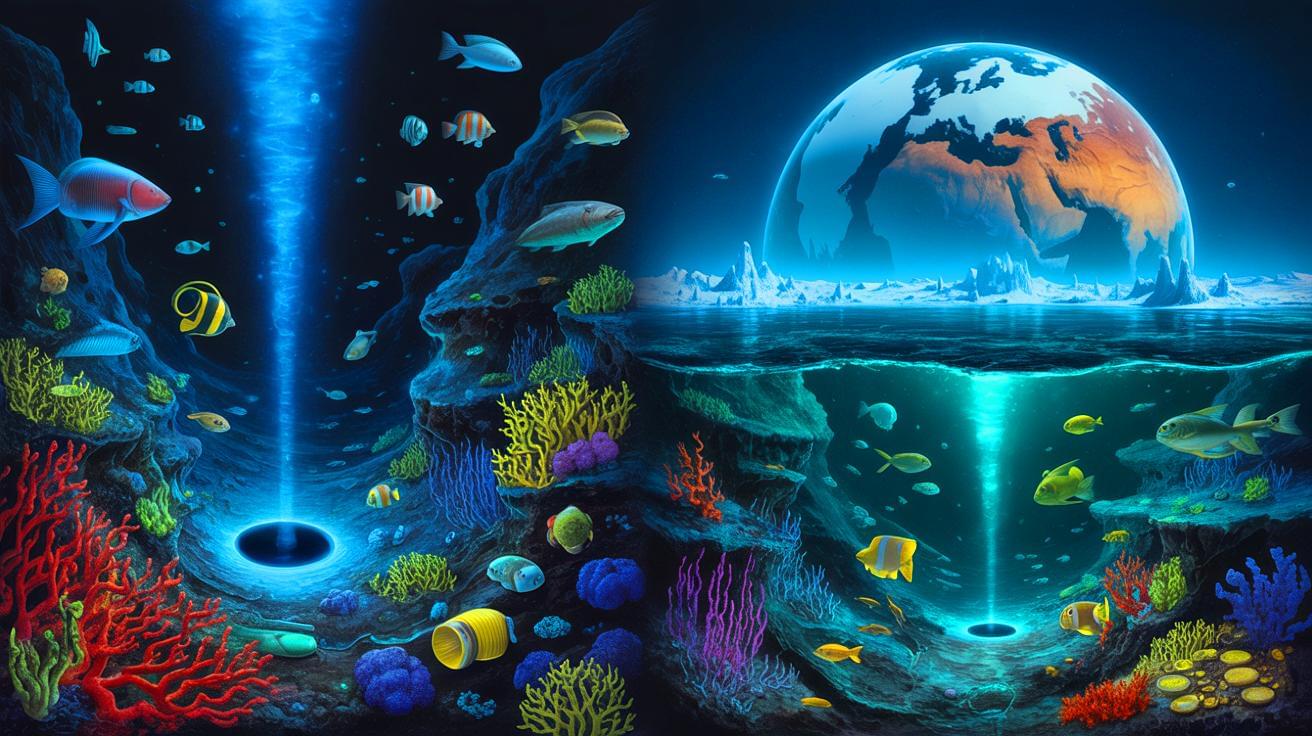
IN A NUTSHELL 🌊 Scientists are studying Earth’s deep-sea hydrothermal vents as a model for potential life on Europa. 🔬 James Holden’s team uses lab simulations to understand how microbes survive in extreme conditions. 🚀 The Europa Clipper mission aims to explore Europa’s ice shell and subsurface ocean, searching for signs of life. 🌌 Discoveries
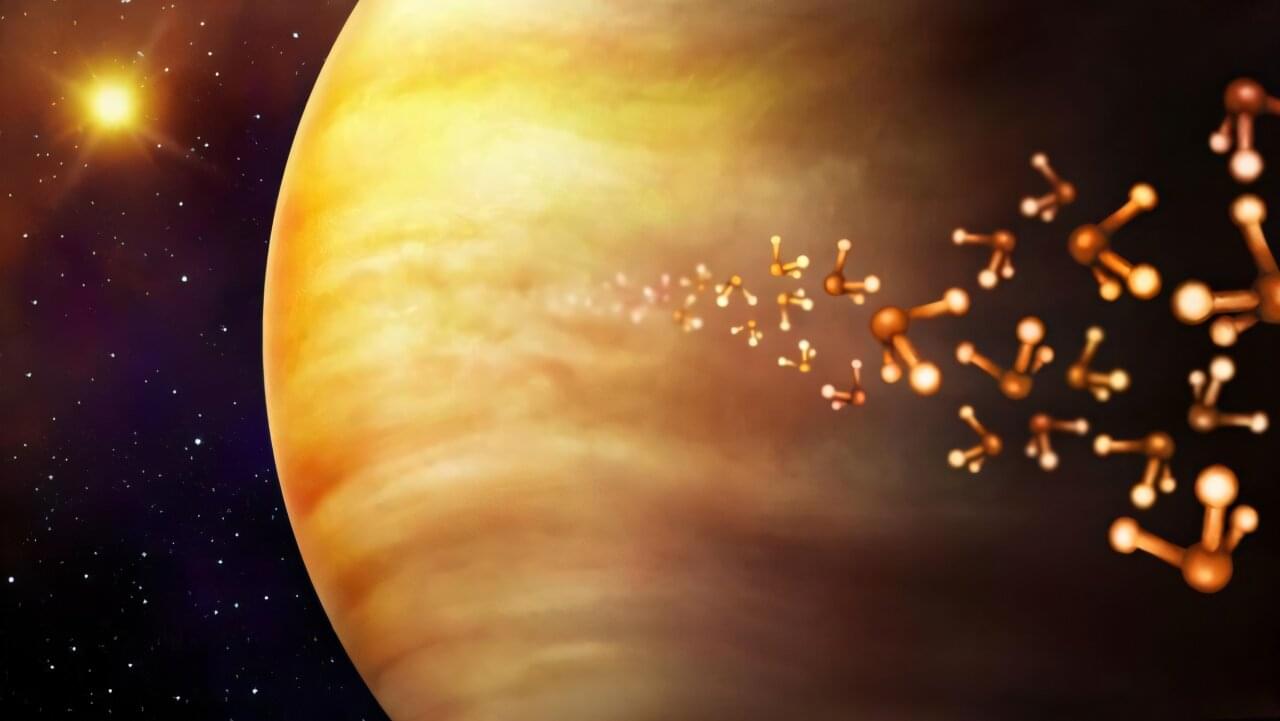
The answer to whether tiny bacterial life-forms really do exist in the clouds of Venus could be revealed once and for all by a UK-backed mission.
Over the past five years, researchers have detected the presence of two potential biomarkers—the gases phosphine and ammonia—which on Earth can only be produced by biological activity and industrial processes.
Their existence in the Venusian clouds cannot easily be explained by known atmospheric or geological phenomena, so Cardiff University’s Professor Jane Greaves and her team are plotting a way to get to the bottom of it.
To truly explore alien languages, linguists must open themselves to the maximum conceivable degree of cosmic otherness

Why is Mars barren and uninhabitable, while life has always thrived here on our relatively similar planet Earth?
A discovery made by a NASA rover has offered a clue for this mystery, new research said Wednesday, suggesting that while rivers once sporadically flowed on Mars, it was doomed to mostly be a desert planet.
Mars is thought to currently have all the necessary ingredients for life except for perhaps the most important one: liquid water.
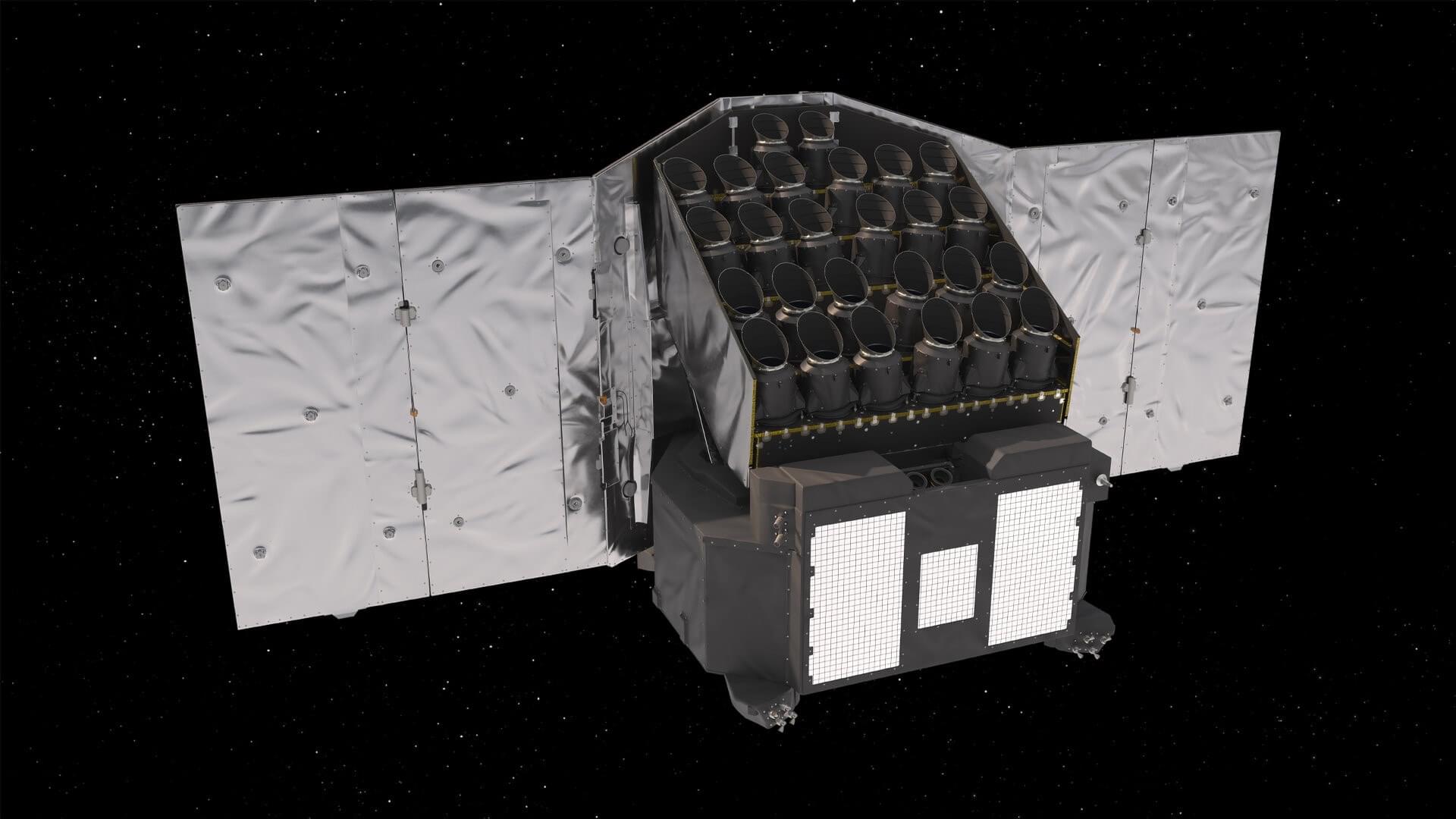
The Europeans, for instance, have a bucket full of plans in place in this field. One of them is called the PLAnetary Transits and Oscillations (PLATO) space telescope, and it’s scheduled for launch in 2026 with the stated goal of looking at “terrestrial exoplanets in orbits up to the habitable zone of Sun-like stars. ”
That would be the planets most likely to host life as we know it, located not too far and not too close to their stars to allow water to exist in liquid form, solid enough and with just the right amount of gravity to be life-friendly.
PLATO was first proposed in 2014 in the European Space Agency’s (ESA) Cosmic Vision 2015–25 plan as the third medium class mission. It was first reviewed in 2022, and then it go the thumbs up in the critical design review in 2024, and it’s now being assembled at Orbitale Hochtechnologie Bremen (OHB) in Germany.